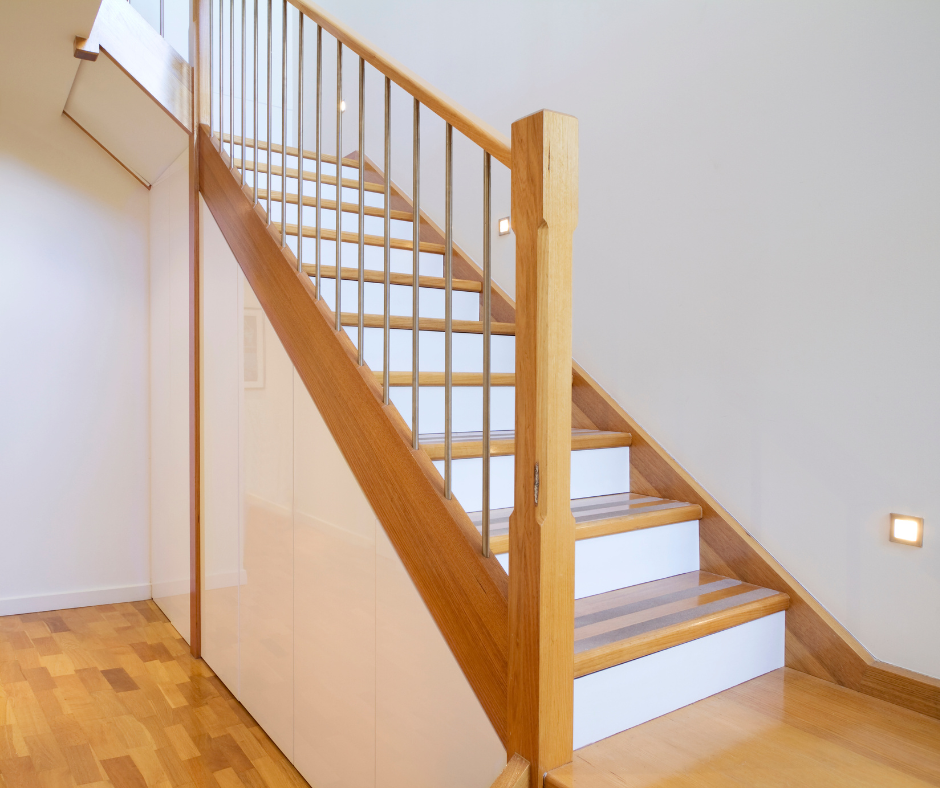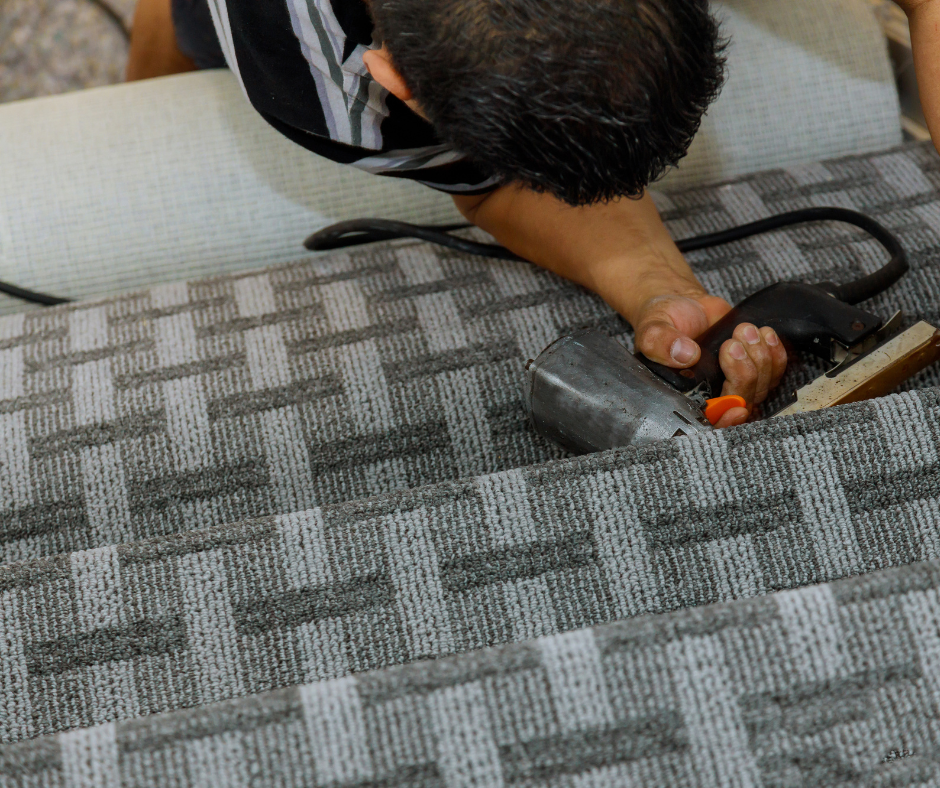If you’ve been wondering, “Are non-tape stair treads safe?”, the answer is yes!
Non-tape stair treads provide an excellent way to make your stairs safer without using adhesive materials.
Perfect for protecting your beautiful hardwood steps or adding safety for your pets and family, they offer a slip-resistant solution that’s as easy on the eyes as it is on your feet.
Whether you're thinking about enhancing the safety of your landings or simply looking to make your staircase quieter and safer, non-tape treads can do the job.
Non-tape treads, like rubber-backed or hook-and-loop carpet treads, are designed to stay in place without damaging your stairs.
They're easy to install, clean, and swap out, making them a convenient and stylish addition to any home.
What Are the Best Alternatives to Adhesive Stair Treads?
Non-tape stair treads are a perfect option if you want to avoid using adhesive-backed products.
Options like carpet stair treads with non-slip rubber backing or hook-and-loop fasteners provide excellent grip without needing glue or tape.
These alternatives are ideal for protecting delicate wood surfaces while adding a layer of slip resistance that keeps your family safe.
If you're after comfort, carpet stair treads are a great choice.
They not only reduce the noise of foot traffic but also feel cozy underfoot.
On the other hand, rubber stair treads offer superior durability and moisture resistance, making them an excellent choice for high-traffic areas or outdoor steps.
Stair Runner Versus Treads: Which Is Safer?
When comparing a stair runner and stair treads, both options enhance safety, but non-tape stair treads often provide better slip-resistance.
Since stair treads cover individual steps, they reduce the risk of tripping that sometimes occurs with runners, especially if they become loose over time.
Plus, treads are easier to clean and replace, making them a more practical solution for busy households.
For homes with kids, pets, or elderly family members, stair treads can be the safer and more manageable option.
How Do Non-Tape Stair Treads Stay in Place?
One of the biggest advantages of non-tape stair treads is how well they stay in place.
Many have rubber backings that naturally grip the surface, providing stability without any adhesive.
Hook-and-loop systems offer another innovative option, holding the treads firmly on your stairs while making them easy to remove and clean when needed.
These systems keep your stairs slip-free without the need for permanent adhesives.
Are Stair Treads Safe for All Types of Stairs?
Yes, non-tape stair treads are safe and effective for a wide range of stair materials, including wood, tile, and laminate.
Carpet treads, for example, can protect wooden stairs from scuffing while making them more slip-resistant.
Rubber treads are perfect for outdoor staircases because they can handle weather elements like rain or snow without losing their grip.
The key is choosing the right material and ensuring they’re properly sized for your stairs.
Treads that fit poorly can pose a tripping hazard, so accurate measurement and installation are essential for safety.
Factors to Consider When Installing Non-Tape Stair Treads
To install non-tape stair treads safely, start by cleaning your stairs thoroughly to remove any dust or debris.
This will help the treads grip securely.
Regularly check for wear and tear to make sure they stay in place over time.
If the edges begin to lift, or the treads show signs of wear, it's time for a replacement.
Steps to Success
In summary, non-tape stair treads are an excellent solution for adding safety and style to your home.
Here’s how to make the most of them:
- Pick the right material: Choose between carpet or rubber depending on your needs.
- Install carefully: Make sure to clean your stairs and fit the treads correctly.
- Regular maintenance: Inspect regularly for wear and replace as needed.
By following these steps, you’ll create a safer and more comfortable home environment for everyone.




